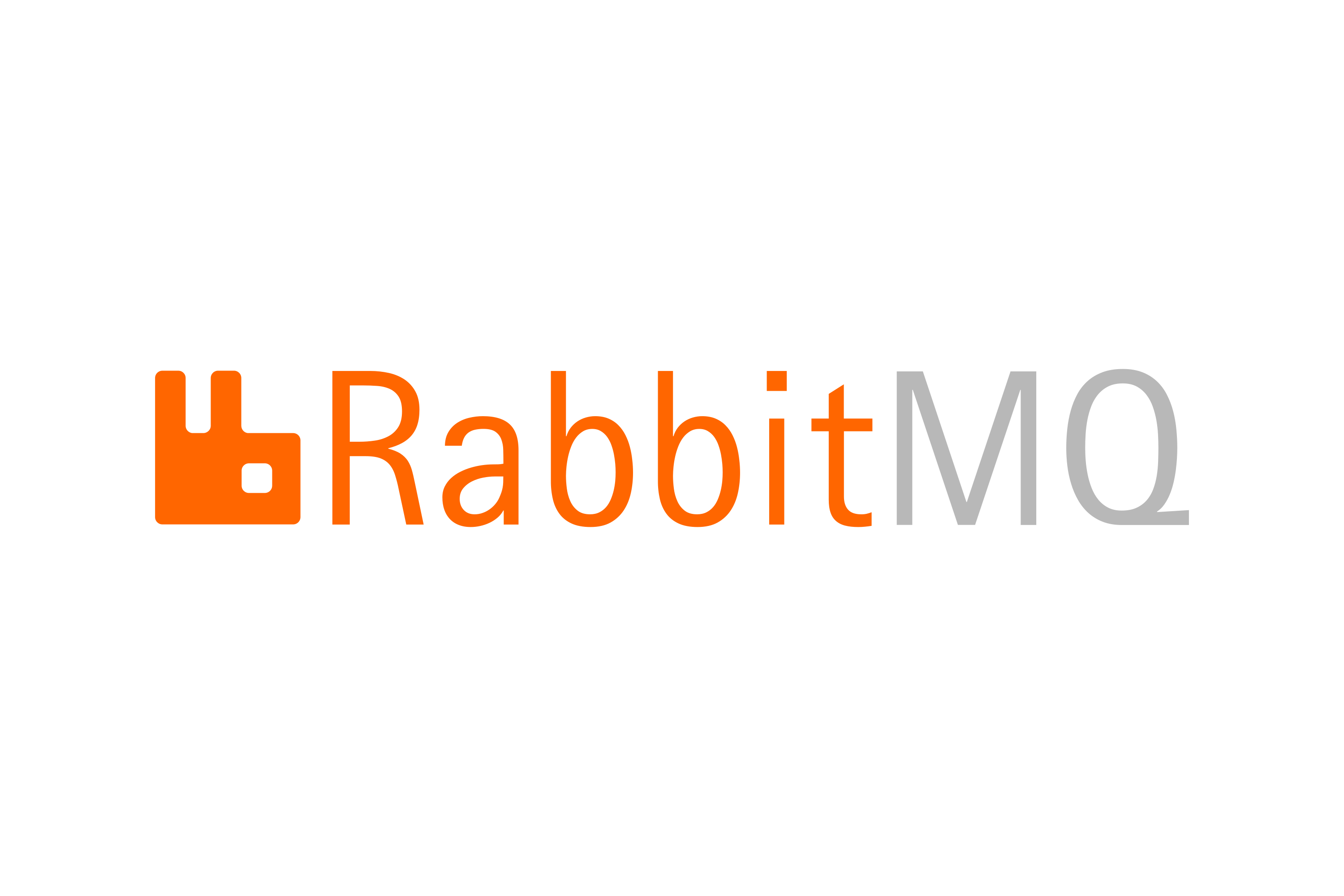How RabbitMQ Works: Behind the Scenes of Message Queuing
"Learn how RabbitMQ handles message queuing. Dive into its inner workings, from message publishing to handling consumers and message acknowledgment."

Introduction
Message queuing is a powerful architectural pattern that enables efficient communication between different parts of a software system. It allows for asynchronous processing, fault tolerance, and scalability. One popular message queuing system is RabbitMQ, which is widely used for building distributed and decoupled applications. In this article, we'll dive into the workings of RabbitMQ and explore how it handles message queuing behind the scenes.
What is RabbitMQ?
RabbitMQ is an open-source, multi-protocol message broker that implements the Advanced Message Queuing Protocol (AMQP). It provides a robust and scalable messaging solution for applications that need to handle large volumes of messages efficiently.
RabbitMQ operates based on the Publisher-Subscriber pattern. Producers, also known as publishers, send messages to queues, and consumers, also known as subscribers, consume messages from those queues. This decoupling allows for asynchronous communication and flexible scaling.
How RabbitMQ Works
Let's take a closer look at the inner workings of RabbitMQ to understand how it handles message queuing.
1. Message Publishing
The process begins with a producer or publisher sending a message to RabbitMQ. The message consists of a payload and optional message attributes. The payload can be any serializable data that the producer wants to send.
The message is routed to a specific exchange, which acts as a message router. Exchanges receive messages from producers and route them to one or more queues based on defined routing rules.
2. Exchanges and Routing
RabbitMQ supports several exchange types, such as direct, fanout, topic, and headers exchanges. Each exchange type handles message routing differently.
- Direct Exchange: The direct exchange routes messages to queues based on a direct matching of the routing key specified by the producer and the routing key(s) specified by the consumer(s).
- Fanout Exchange: The fanout exchange routes messages to all bound queues. It ignores any routing keys specified by the producer and consumer(s).
- Topic Exchange: The topic exchange routes messages to queues based on pattern matching of the routing key specified by the producer and the routing key(s) specified by the consumer(s).
- Headers Exchange: The headers exchange routes messages based on message attributes instead of the routing key. It performs a header matching between the attributes specified by the producer and the attributes specified by the consumer(s).
The exchange determines which queues should receive the message based on its type and configured bindings.
3. Queueing and Message Storage
Once a message is routed to a queue, it is stored until a consumer retrieves and processes it. Queues hold messages until they are consumed or expire.
RabbitMQ's message storage is flexible and supports several strategies for message persistence. It can store messages in memory, on disk, or a combination of both, depending on configuration and system resources.
4. Consumers and Message Consumption
Consumers are applications or processes that receive and process messages from RabbitMQ queues. They connect to the RabbitMQ server and start consuming messages.
When a consumer wants to start consuming messages, it sends a request to RabbitMQ, which assigns it a channel. The consumer then subscribes to a specific queue to start receiving messages.
Received messages are not automatically removed from the queue. Instead, the consumer must explicitly acknowledge the successful processing of a message. If the consumer fails to acknowledge a message within a certain timeframe, RabbitMQ assumes the message was not processed correctly and redelivers it to another consumer.
5. Message Acknowledgment
Message acknowledgment is a crucial part of ensuring reliable message processing. After a consumer successfully processes a message, it sends an acknowledgment to RabbitMQ to indicate that the message can be safely removed from the queue.
If the consumer encounters an error while processing a message, it can reject or negatively acknowledge the message. This signals to RabbitMQ to requeue the message or discard it, depending on the configuration.
Additional Features of RabbitMQ
RabbitMQ provides several additional features that enhance its functionality and reliability:
- Dead Letter Exchanges: Dead letter exchanges enable the redirection of undeliverable messages to another exchange or a specific queue. This feature is useful for handling failed message processing or implementing message retry mechanisms.
- Message Routing with Multiple Criteria: RabbitMQ allows for combining message routing criteria by using topic, header, or attributes matching. This enables powerful routing scenarios where messages are filtered and delivered based on multiple criteria.
- Priority Queues: RabbitMQ supports priority queues, where messages can be prioritized based on their importance or urgency. This ensures that high-priority messages are processed before lower-priority ones.
- HA Queues: High Availability (HA) queues replicate messages across multiple RabbitMQ nodes, ensuring fault tolerance and preventing message loss in case of node failures.
Conclusion
RabbitMQ is a powerful message queuing system that provides the foundation for building scalable and reliable distributed applications. By understanding how RabbitMQ handles message queuing behind the scenes, you'll be able to harness its full potential for your projects.
Message queuing is a fundamental concept in modern software development. With RabbitMQ, you can easily implement asynchronous communication and decoupled architecture, enabling your applications to scale and handle large volumes of messages efficiently.
So, go ahead and explore RabbitMQ further. Integrate it into your projects, and unlock the benefits of message queuing for your applications!